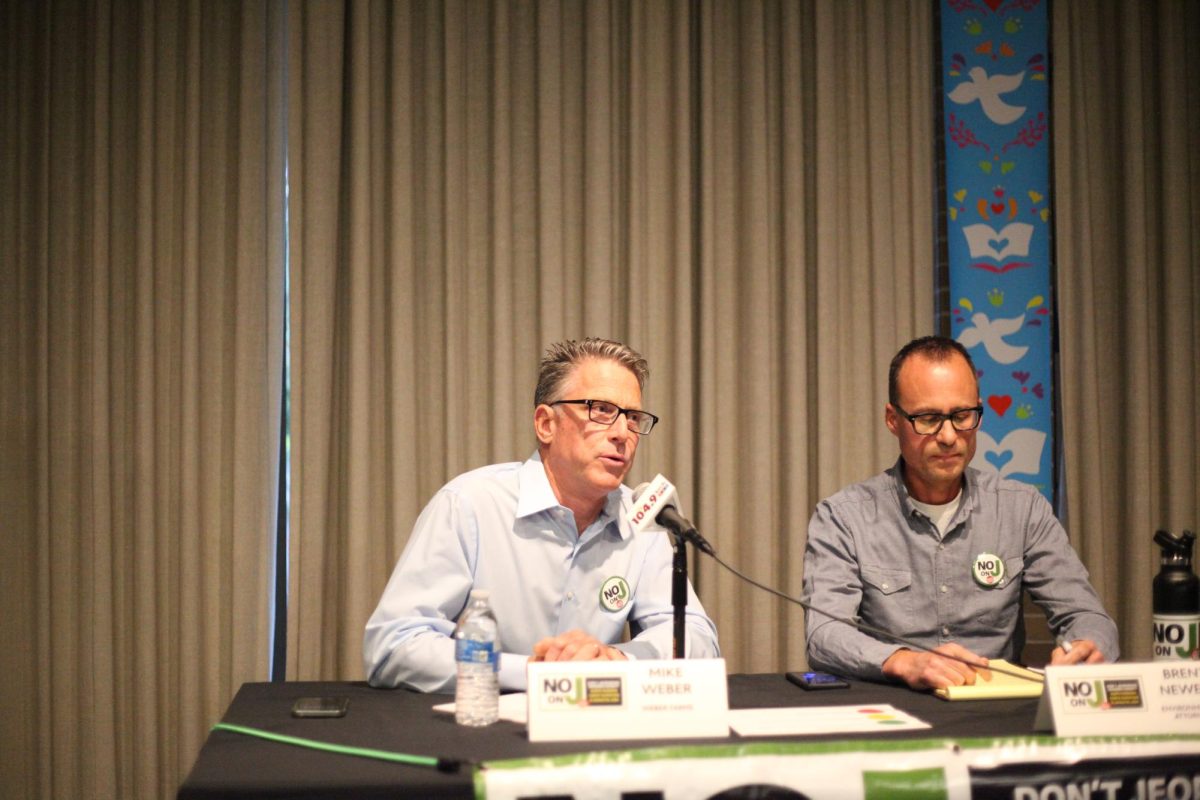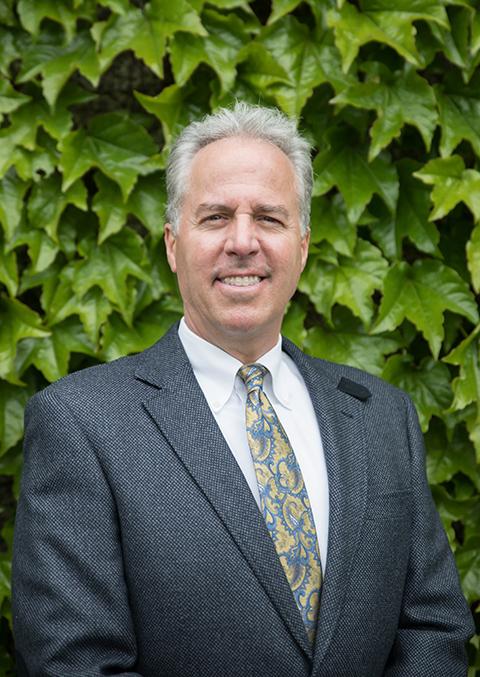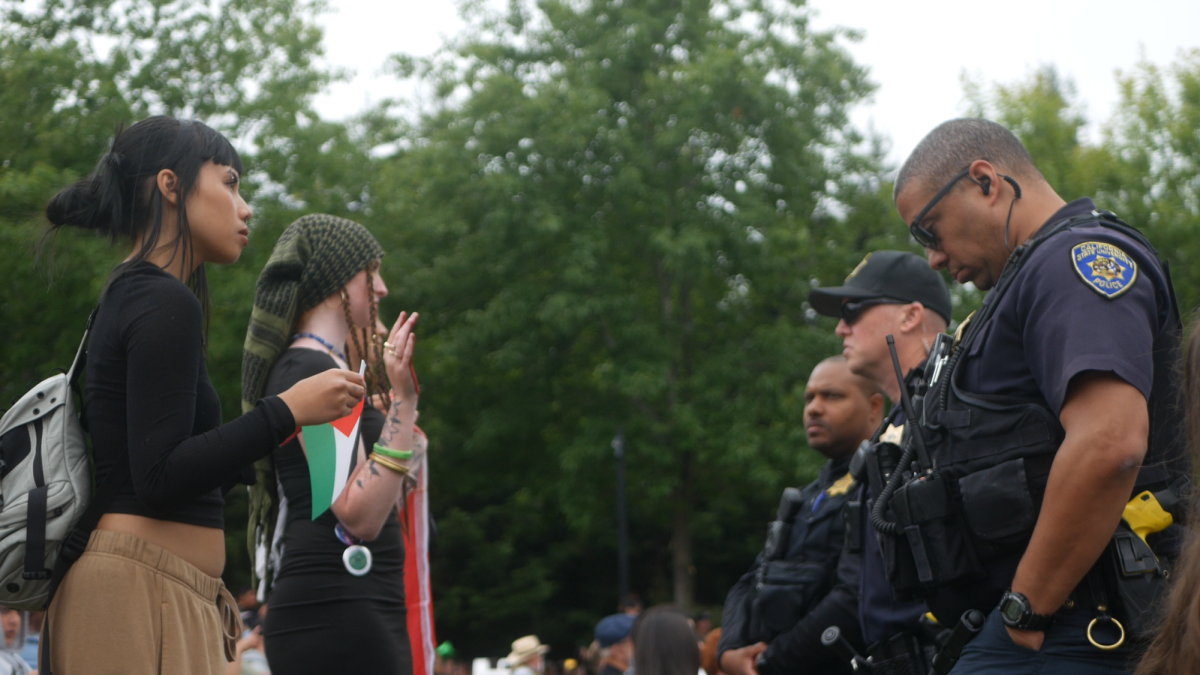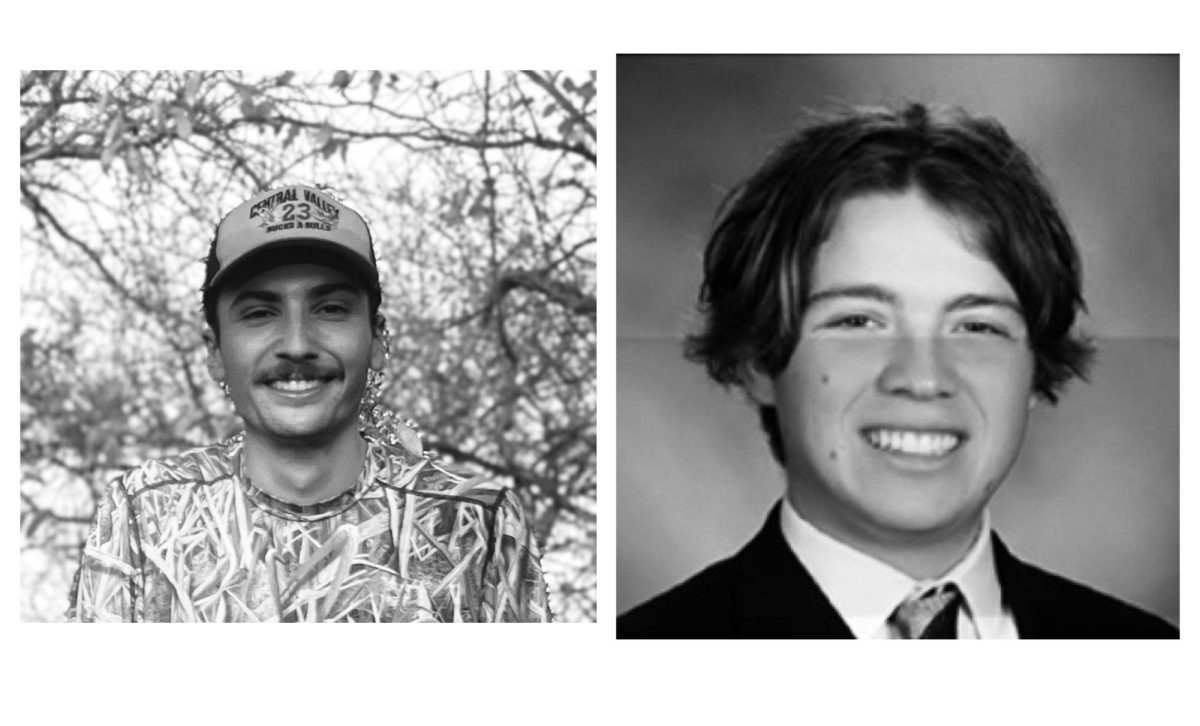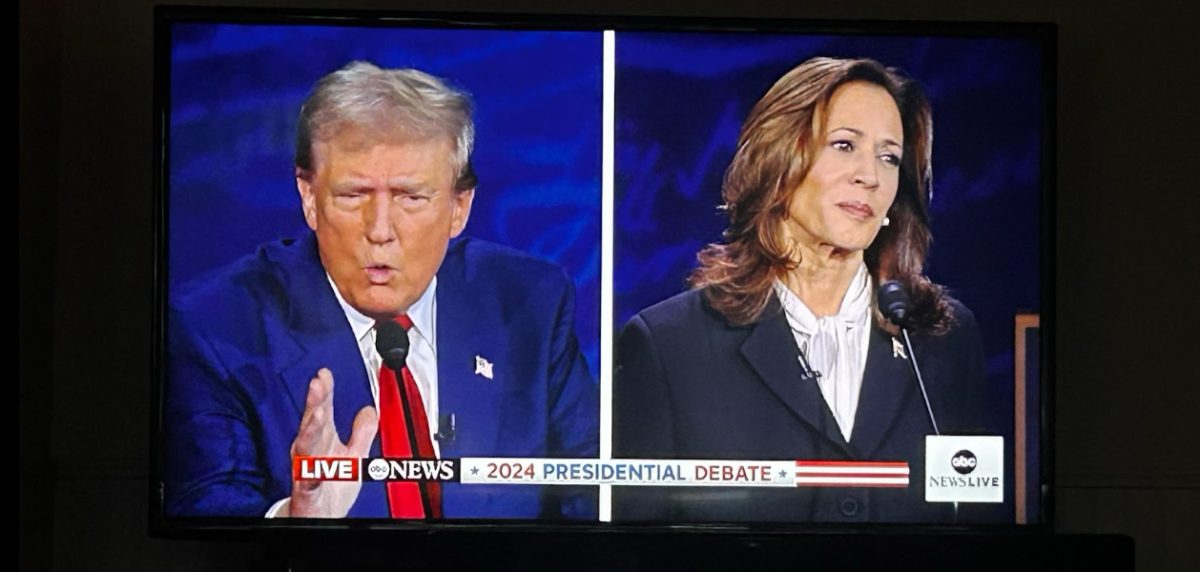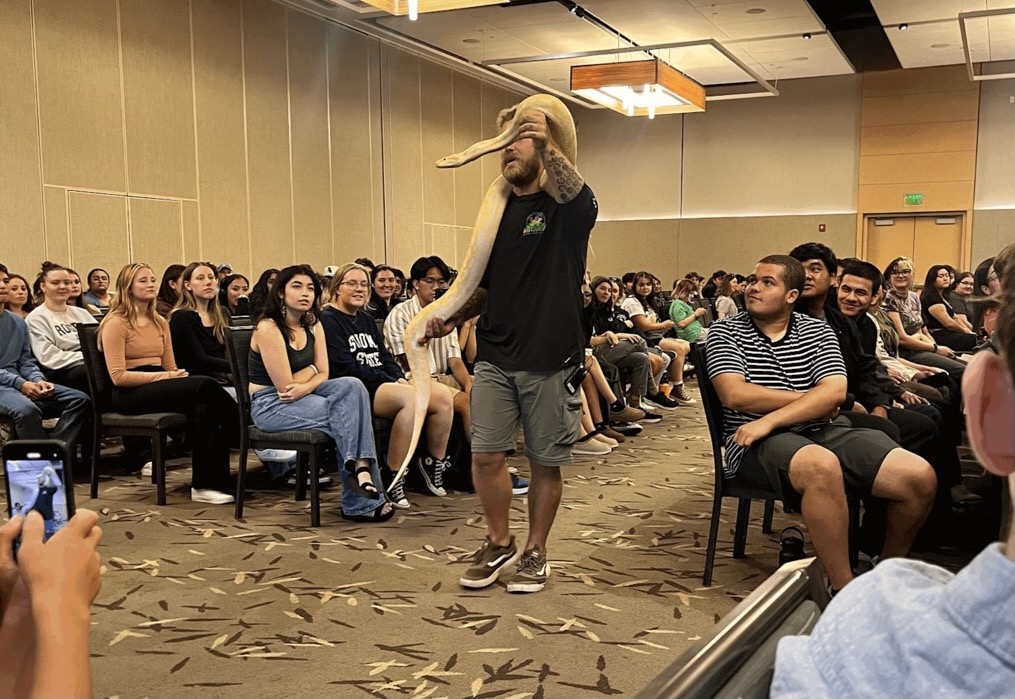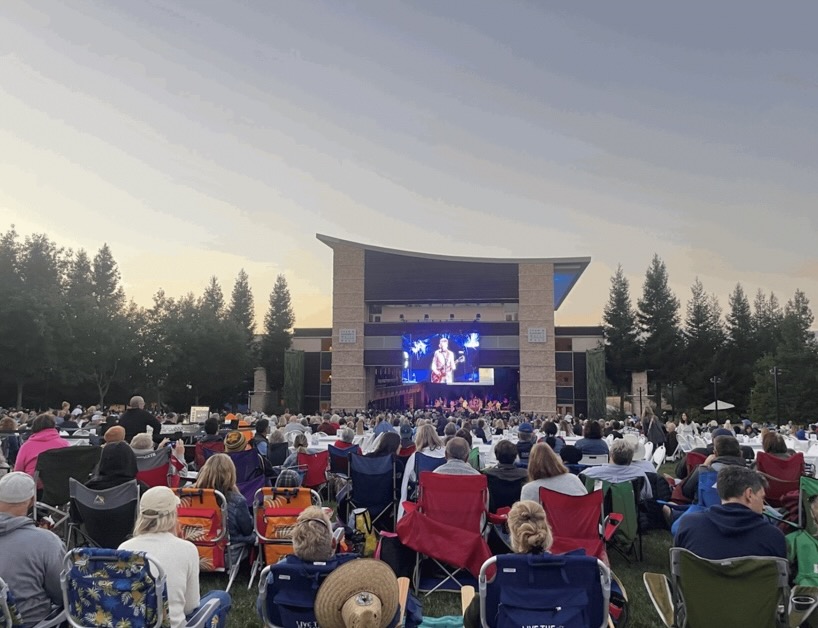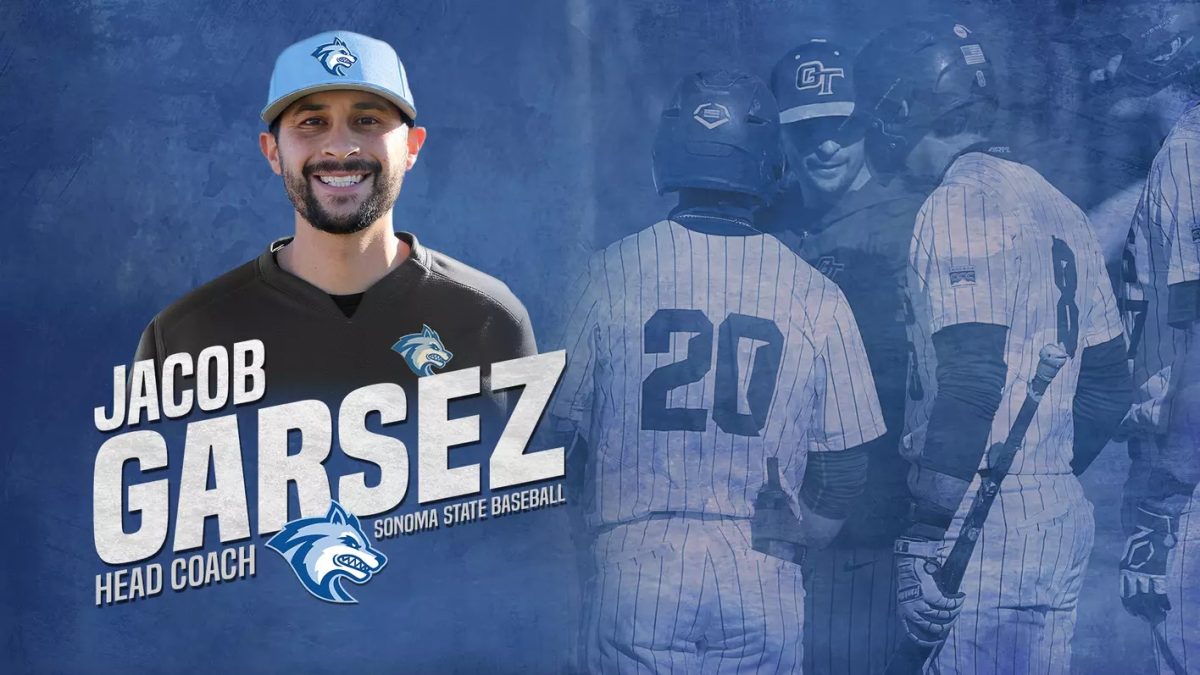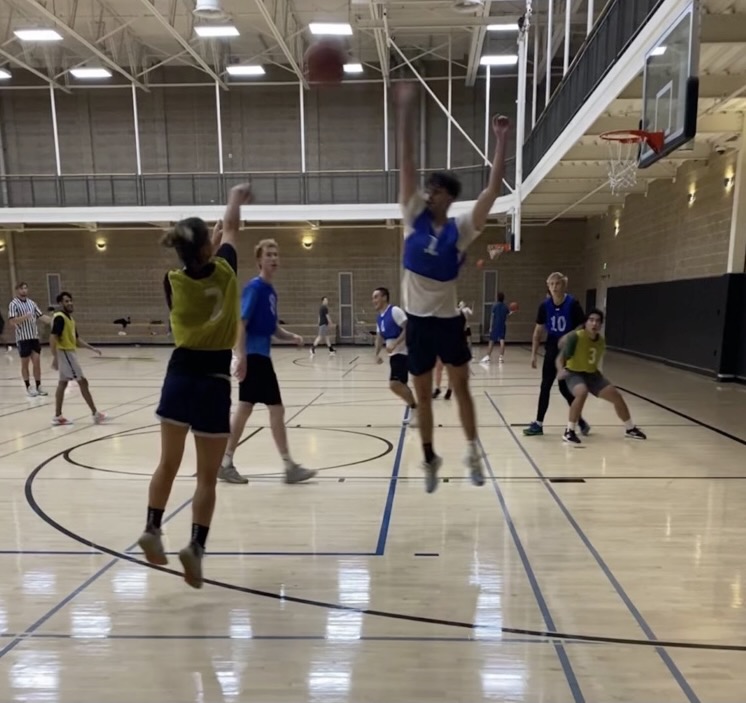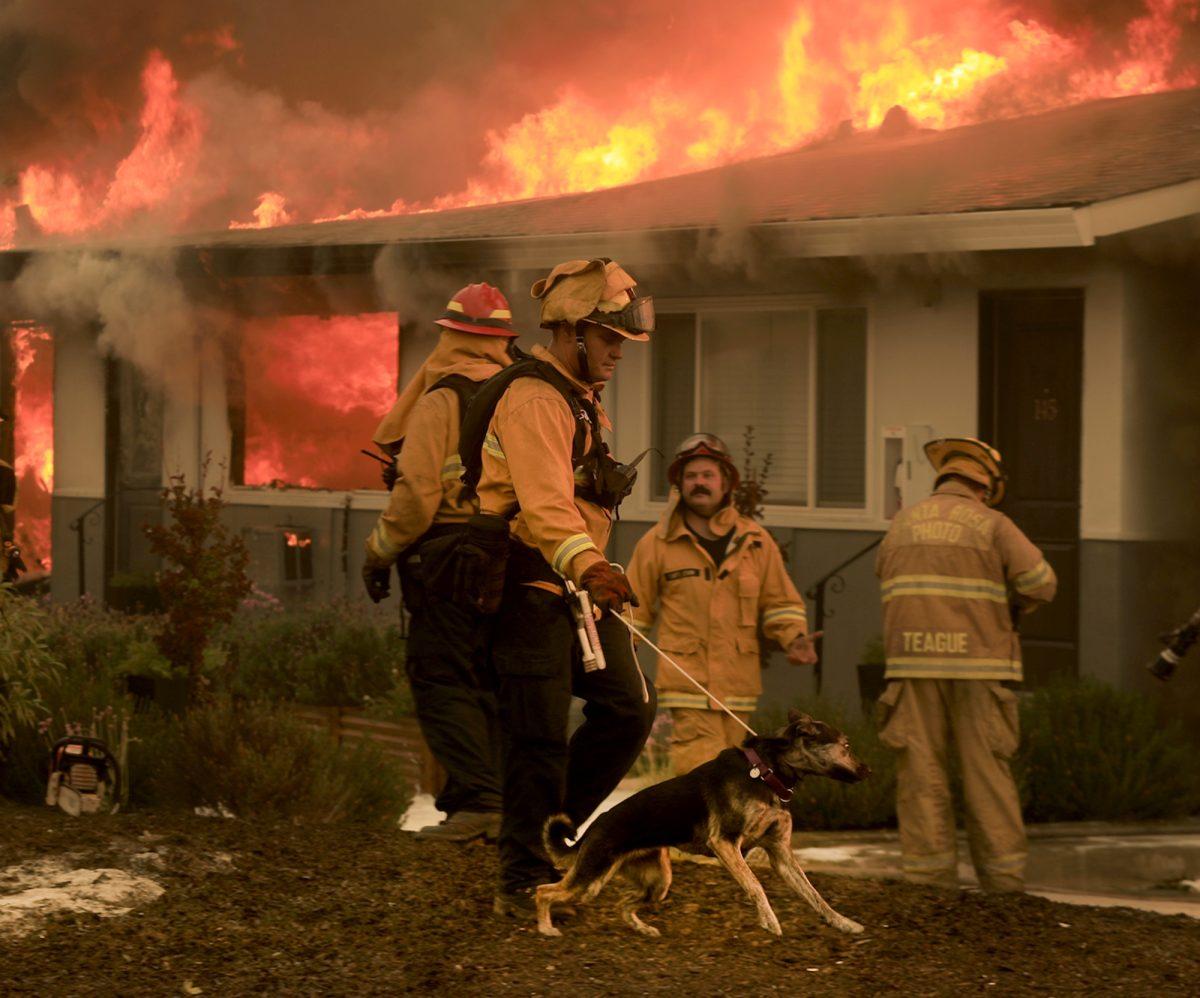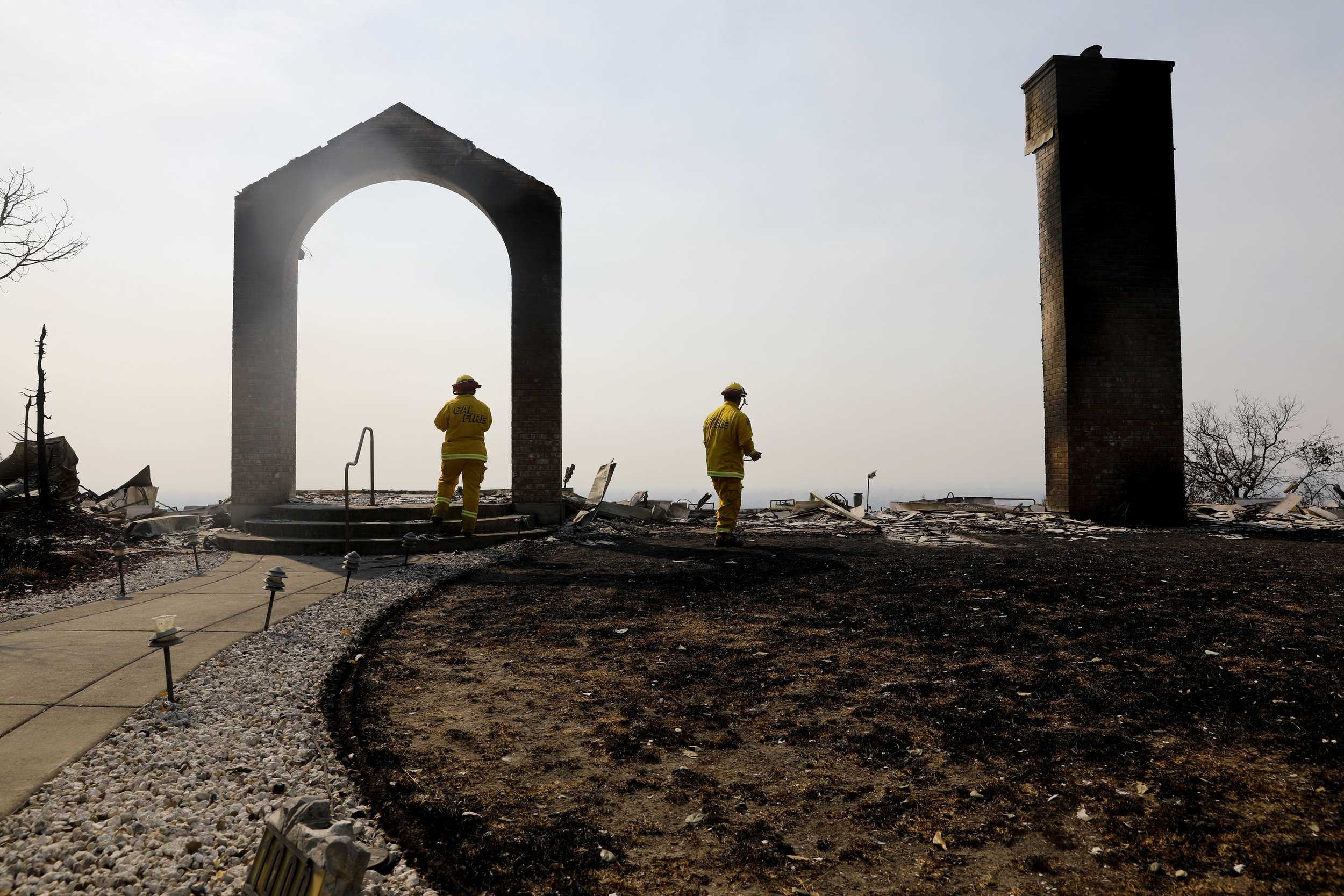EDITOR’S NOTE: Ryan Estes is a captain for the Rincon Valley Fire District and a 17-year veteran firefighter. He also is a staff writer for the Sonoma State STAR. The following is his story of what transpired on Oct. 8-9 and the days that followed in battling the North Bay fires.
Fire.
The word alone can get attention, but after Oct. 8, fire is no longer just a word in Sonoma and Napa counties; it is an emotion.
For those of us in the Rincon Valley Fire District, it all began late that Sunday evening when phone calls and text messages started flying in from coworkers about a fire in Calistoga that was progressing toward Sonoma County. This was followed by phone calls and texts for everyone to report back to their stations and who was going where to get what fire engine.
I got out of bed, left my wife and two kids at home, and drove from Petaluma to the Larkfield fire station on Lark Center Drive off Old Redwood Highway in northern Santa Rosa. I was listening to the emergency traffic on a scanner, trying to wrap my head around what was happening.
Authorities had shut down the freeway, and I had to exit at Old Redwood Highway and Mendocino Avenue. A Sonoma County Sheriff’s Office deputy had shut down the northbound direction of Old Redwood Highway, and I ran out of my truck and asked if I could pass. Having known each other, he told me his official stance was no, but he wouldn’t stop me if I drove around him.
I hopped back in my truck and headed into a thick wall of smoke, seeing only about five feet in front of me, embers hitting the truck and flames bending across the roadway. A thought came in my head that I hadn’t made the best decision, but I knew I needed to forge on, and so I drove cautiously to ensure I did not run into fleeing people.
“Of course I am not happy you drove into smoke and fire like that, but I have come to expect it from you and your public safety family,” Cherie Estes, my wife, said. “The hardest part was not being able to hear from you and only watching the news.”
The smoke and fire cleared, and I could see a portion of Cardinal Newman High School on fire. Fire was also approaching the surrounding neighborhoods. Cars were speeding down from Mark West Springs Road. I heard on the scanner that my Fire Chief, Jack Piccinini, and others were moving the command post to the parking lot of Kmart.
When I made it to the Rincon Valley Fire Station 2 on Lark Center Drive, just one person was there; Ryan Anderson, a 23-year-old volunteer firefighter with six months of experience. I told him to grab his gear, “We’re heading out.” As we loaded up, another volunteer firefighter, 12-year member Chanton Em, arrived and started grabbing his gear.
“Have you been to a fire yet?” I asked Anderson as we are pulled out of the station toward Mark West Springs Road.
“This is my first one,” Anderson said. “This is terrifying, how will we stop this?”
“We can’t,” I tell both him and Em. “We need to focus on evacuations.”
I, too, was nervous, but I couldn’t show it to them. They were counting on me. After all, I am a captain with 17 years in the fire service and was involved in Middletown and Hidden Valley when the Valley Fire happened two years ago. I was also in Lower Lake when the Clayton Fire burned through, but none of them compared to this.
With embers the size of golf balls beating down on us like hail from hell, with thick, choking smoke and high heat, we drove into the Mark West Estates subdivision which would later be completely destroyed, yelling for people to evacuate on the loudspeaker and pounding on doors. Multiple homes were on fire and we pulled people off roofs, urging them to move faster, that they don’t have time to pack. In what seemed instantaneous, full neighborhoods and streets were on fire.
My cell phone rang, and I saw it was one of my shift partners, Engineer Eliseo Gonzalez, a 12-year veteran. I answered, and he said he got his family out safe, of a neighborhood that borders the Coffey Park neighborhood. He said he had fought his way back to the station, but there was no equipment. I told him to run out to Old Redwood Highway,and we would pick him up.
The process of evacuations repeated itself in different areas and apartment complexes, with other fire engines leapfrogging each other. Anderson and Em put out fires that were impeding people from leaving. Gonzalez and I searched all the homes or apartments that we could while power poles were falling and propane tanks were exploding.
“This feels like a war zone,” Em said.
Once the streets cleared out of cars and people, three other engines plus mine met up and formulated a plan. We knew we could not jump in front and stop it, so we decided to just try to surround and contain it, without the help of water from nearby hydrants, which had poor water pressure.
Captain Rob Bisordi, a 25-year member of the department, pulled out his iPhone and all the engine officers gave him information on what was burning and where. Suddenly a call went out for help in Coffey Park and at a mobile home park on Mendocino Avenue near Fountaingrove Parkway. Homes were on fire. We sacrificed two engines to go help because of evacuation needs. The third engine peeled off to help with the Sutter Hospital evacuation, and at a fire at the Luther Burbank Center for the Arts.
Within two minutes, we came up with a plan before we lost more of the Larkfield area. We knew we didn’t have the resources we needed, but at that point, no one did. More important, this fire had become personal. This was our home, and we were trying to draw a line.
My engine stopped at a condominium complex. We placed a hose line in the 6-foot wide gap between two buildings; one on fire, the other not.
We stretched a second line into the backyard and cut down a fence to the surrounding neighbors in case of “spotting,” which are embers causing a spot fire away from the main fire.
Captain Bisordi’s engine stopped on a court and extended 900 feet of hose between buildings on fire and not on fire, finally reaching us.
The plan worked. We successfully stopped a small piece of the southwest side of the fire flank. If it had failed, we would have lost the rest of the condominium complex, more apartments, more homes and our fire station, all a block away.
As the sun started to rise, we were on the move to find more of the fire’s edge. As we drove through the destruction, everyone was silent, in disbelief of what we were seeing and hearing about what was lost during the firefight.
“This was the scariest thing I have ever been through,” Anderson said. “Not sure about this career if that is how fires are.”
“This is hopefully the worst fire you will ever see,” I said. “You were solid and did great work for the community; welcome to the fire service.”
The entire next day and subsequent 12 days after, the fire department assigned me to a fire engine and I worked the fires. When I was finally off and went home, my kids seemed to have gotten older. My 2-month-old son smiled at me for the first time, and my 3-year-old son seemed to have a larger vocabulary and placed Band-Aids on my burns and cuts.
Everyone in Sonoma County has a story to tell. They will remember that night, where they were and what they were doing when the most destructive fire in California history to this point happened. This was my story.

